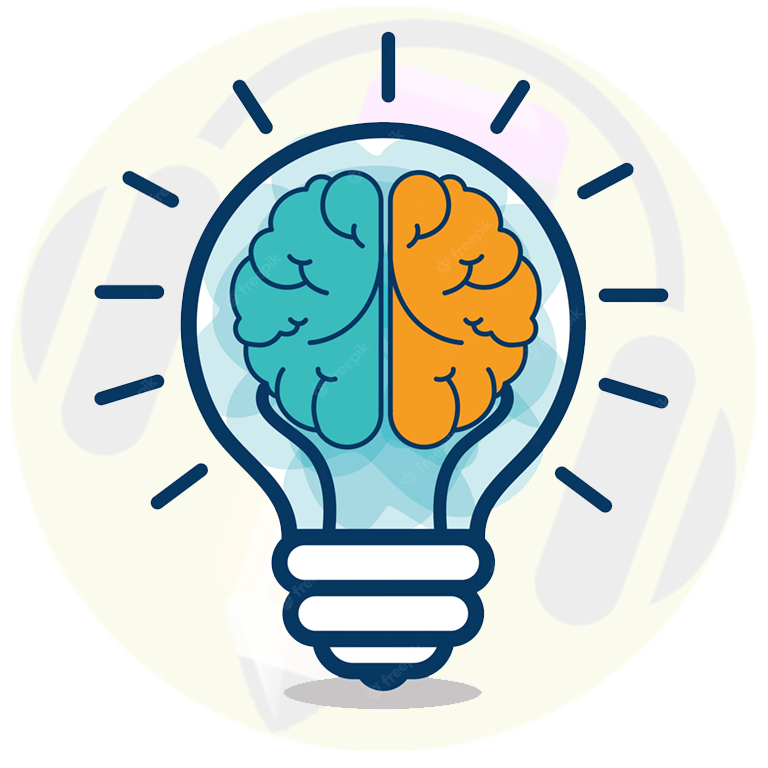For Better Grades Use Your Brain!

breadwinner
the member of a family who earns the money that the family needs.
e.g. Men are often expected to be the breadwinner in a family.
If you’re like most students, you probably started this new academic year with a resolution to study harder. Now, science can help you keep your resolution. Recent discoveries in brain research point to better ways to learn.
How does the brain save new information? Think of the last time someone told you their phone number. Could you remember that number five minutes later? Probably not! That’s because it was in your short-term memory.
Our memory actually has three components Sensory memory takes in information from our five senses and is stored for just a few seconds while our brain processes it. Short–term memory works “holding area” for new information—that’s where you keep the phone number while you dial you can put the phone number into long–term memory, you’ll remember that same phone number next week. This part of your memory holds everything from irregular verbs to the names of all your cousins.
When you study, you transfer new information into long-term memory. Every time we learn something new, the structure of the brain actually changes as we build new connections to information that we already know. When there are more connections to the new information, it’s easier to find it again.
Brain researchers have discovered four key points for effective study
- Make an effort. The brain remembers better when we are interested in the subject, already know a little about it, and Know we will need the information in the future.
- Find the most important information and organize it Your brain can process only a limited amount of information at one time, so don’t try to remember every detail. When studying a textbook, look for titles, headings, and illustrations to show you the main ideas.
- Make the new brain connections stronger. One technique is to recite the ideas out loud in your own words. This is the most powerful way to transfer information from short-term to long-term memory. Another method is drawing a picture of the information to activate the visual part of the brain.
- Give the new material time to soak in—your brain has to build new physical connections. For this reason, it’s better to study for several short sessions than one long one. And cramming the night before a big test doesn’t help.
By understanding how the brain works, and following these four tips, you can make this your most successful academic year ever.